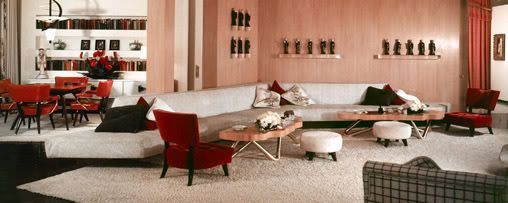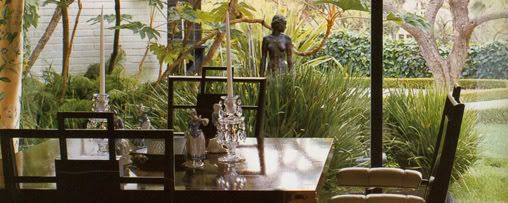




From Wikipedia:
William Haines was born to a wealthy family in Staunton, Virginia, left home at the age of 14 and moved to New York City. After winning a talent contest he moved to Hollywood where he played bit parts for several years until MGM Studios began casting him in more prominent roles.
By 1925 he was MGM's most important male star, and his films were very profitable for the studio. He was cultivated as a romantic leading man, and his combination of good looks and flair for comedy won him many fans. He made a career out of playing wise-cracking young athletic types whose large egos hold them back until an attitude adjustment leads to success.
He appeared in hits such as The Midnight Express (1924) with Elaine Hammerstein, and Sally, Irene and Mary (1926) with newcomers Joan Crawford and Constance Bennett. Haines scored his biggest personal successes with Brown of Harvard (1926) opposite Jack Pickford and Mary Brian, and Little Annie Rooney (1927) with Mary Pickford and Vola Vale, and Show People (1928), co-starring Marion Davies. Haines was a top-five box office star from 1928 to 1932. He made a successful transition into talking pictures in the part-talkie Alias Jimmy Valentine (1928). His first all-talkie, Navy Blues, was released the following year.
Haines lived openly as a homosexual. Starting in 1926, Haines lived with Jimmy Shields, whom he had met when Shields was his stand-in during the production of a film. Studio publicists were able to keep Haines' sexual orientation from the press.
In 1933, Haines was arrested in a YMCA with a sailor he had picked up in Los Angeles' Pershing Square. Louis B. Mayer, the studio head at MGM, delivered an ultimatum to Haines: choose between a sham marriage or lavender marriage, or his relationship with Shields. Haines chose Shields and were ultimately together for 50 years. Mayer subsequently fired Haines and terminated his contract, quickly recasting Robert Montgomery in roles that had been planned for Haines. Haines did make a few minor films at Poverty Row studios, then retired from film. His final films were made with Mascot Pictures, Young and Beautiful and The Marines Are Coming in 1934.
Haines and Shields began a successful career as interior designers and antique dealers. Among their early clients were friends such as Joan Crawford, Gloria Swanson, Carole Lombard, Marion Davies and George Cukor. Their lives were disrupted in 1936 when members of the Ku Klux Klan dragged the two men from their home and beat them, because a neighbor had accused the two of propositioning his son. Crawford, along with other stars such as Claudette Colbert, George Burns, Gracie Allen, Kay Francis and Charles Boyer urged the men to report this to the police. Marion Davies asked her lover William Randolph Hearst to use his influence to ensure the neighbors were prosecuted to the full extent of the law, but ultimately Haines and Shields chose not to report the incident.
The couple finally settled into the Hollywood community in Malibu, and their business prospered until their retirement in the early 1970s, except for a brief interruption when Haines served in World War II. Their long list of clients included Ronald and Nancy Reagan when Reagan was governor of California.
Haines never returned to films. Gloria Swanson (another lifelong friend) extended him a personal invitation to appear with her in the film Sunset Boulevard (1950) but he declined.
Haines and Shields remained together for the rest of their lives. Joan Crawford described them as "the happiest married couple in Hollywood".
Haines died from lung cancer in Santa Monica, California at the age of 73. Soon afterward, Shields, who suffered from what many believe to be Alzheimer's Disease, put on Haines' pajamas, took an overdose of pills, and crawled into their bed to die. They were interred side by side in the Woodlawn Memorial Cemetery.
William Haines has a star on the Hollywood Walk of Fame at 7012 Hollywood Boulevard. His life was detailed in William J. Mann's critically-acclaimed 1998 biography, 'Wisecracker: The Life and Times of William Haines, Hollywood's First Openly Gay Star'.

2 comments:
it's all SO symmetrical. Like a dream.
I love it and your interests.
I came to find out where you were as I felt really worried that you seemed quiet! Lots of entries over here for me to explore!
i don't normally get excited about furniture, but i would love a couple of chunky 1940s/50s/60s chairs :) i've been a bit quiet due to computer troubles at home, but i'll be back soon enough! xx
Post a Comment